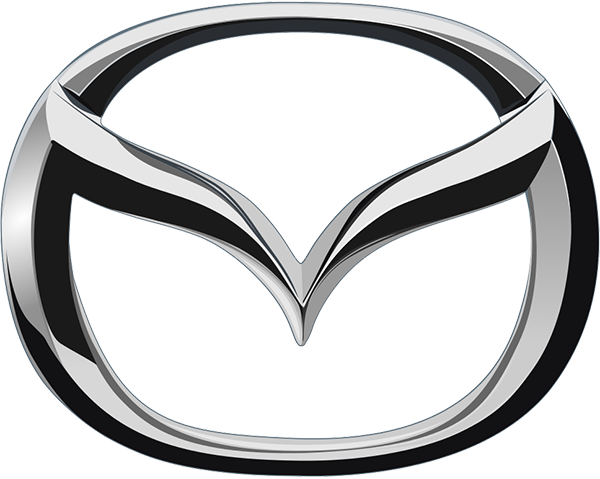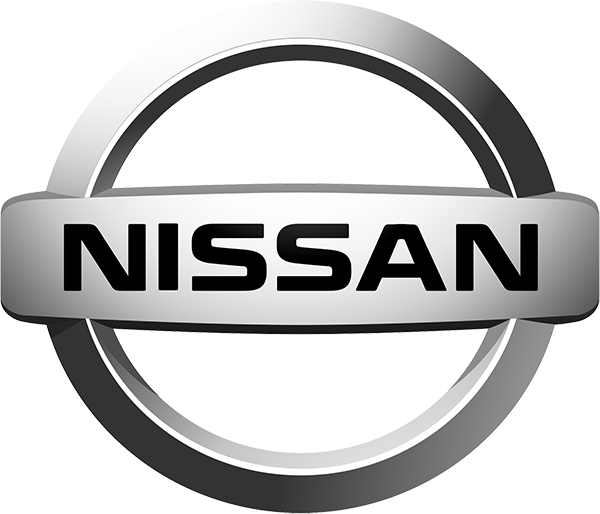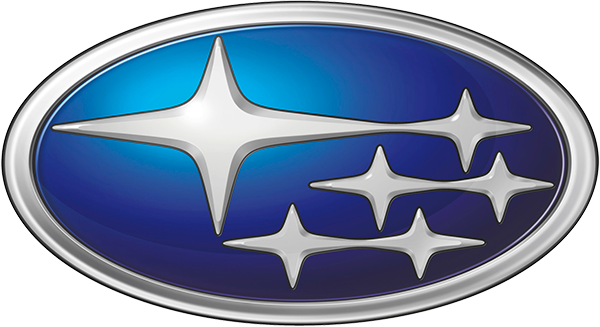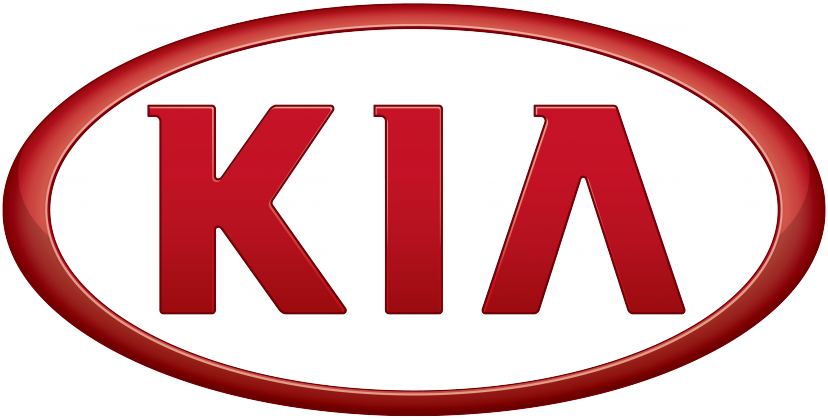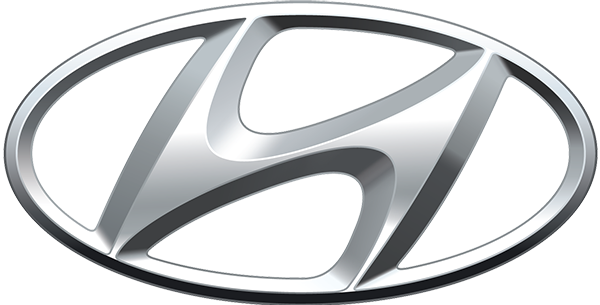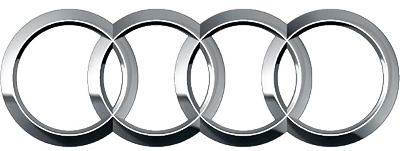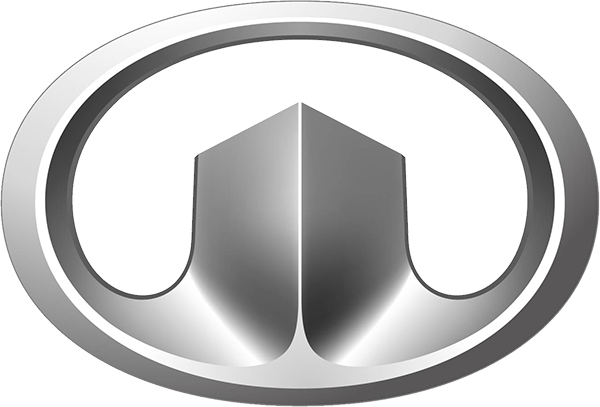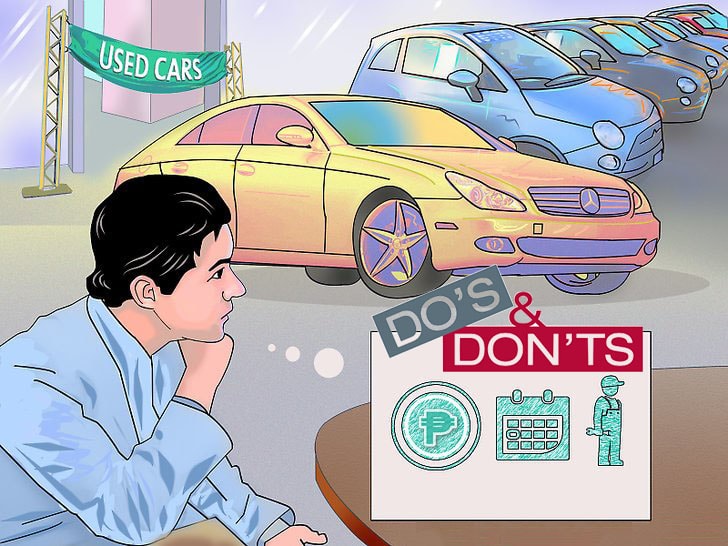
Consumers wanting to buy a car often find it hard to decide between a new or second-hand vehicle. Purchasing a new car comes with a range of benefits that include: manufacturer warranty, up-to-date computer systems, less mechanical headaches on average, no wear and tear, and cleanliness. It reduces your risk of having costly mechanical problems. Of course, all of this comes with a hefty price tag.
Buying a second-hand car can be a great financial decision. In fact, the moment you purchase a new car it loses an average of 20% of its value – this is a considerable financial loss. For this reason, buying second-hand cars has become increasingly popular in the Philippines. Approximately 300,000 second-hand cars are sold every year in the Philippines. That is over 800 cars every day. As car buyers, you should be aware of the best ways to ensure your second-hand vehicle is suitable for the price you’re paying. It can help you avoid unnecessary costs down the road, as well as get the true value associated with purchasing second-hand cars.
Here at Tsikot.com we have spoken with mechanics and second-hand car dealers across the Philippines to compile the ultimate document everyone should read prior to purchasing a second-hand car. This paper will allow you to:
- Understand the associated risks
- Play the market safely
- Become a second-hand car buying expert
- Find potential hidden issues
- Understand where to look for these issues
- Have the ability to negotiate for the best price
Where do you start? Our document doesn’t get into the merit and issues associated with different car brands and models – that is perhaps an entirely different document on its own. The intention of this document is to put you in the most informed position possible once you’ve decided on the type of car you wish to purchase. We assume you have done prior research and decided what type of vehicle you would like to buy. Once you have researched the type of car you would like to purchase, the fun begins!
Meet Safely

Prior to purchasing your car, you will organize a vehicle inspection with the seller. Although the car seller may have already been verified by the car classifieds website, this isn’t clear cut proof of their intentions. You will want to make sure that you take necessary safety precautions when you decide to meet with someone you’ve communicated with online. Meet at a public place to see the vehicle for the first time. Good locations include shopping malls, bank parking lots, restaurants, etc.
Sellers may ask you to visit them at their house, especially if they have multiple people interested in the car. If this is the case, make sure that you meet during the day time. Also, never bring cash or other goods to a first-time meeting. If a car seller wants you to bring cash, this should raise a red flag. In addition, if someone is advertising a car for way under its reported value, this could be a scam. If it sounds too good to be true, it probably is!
Don’t Rush the Purchase
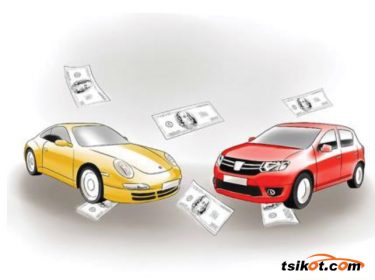
Don’t ever go to an initial car meeting with the intention of purchasing the car on the spot. This is one way that car buyers end up purchasing unreliable or unsuitable cars. This is another reason you should never bring cash to a first inspection – you don’t want to be tempted by the seller to purchase the car quickly. Chances are you will be looking at a range of vehicles to ensure you get the best deal – don’t rush to a decision on your first inspection. It is always best to wait a day or two before making a decision, you’ll want to make sure this is the exact car you are looking to purchase.
Visual Inspection
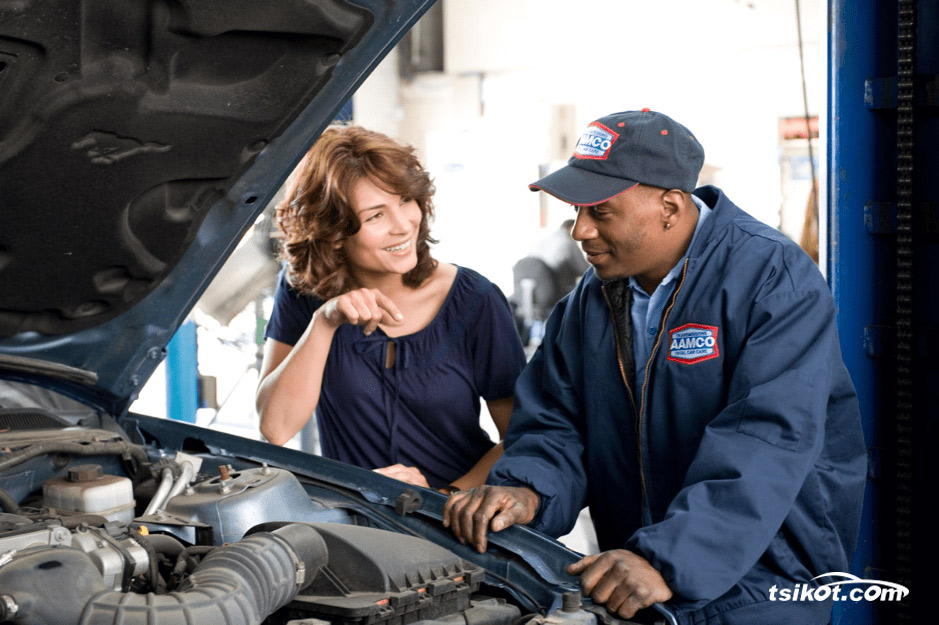
Once you have decided on the type of car you wish to purchase, find the best options that fit your budget through various classified ad platforms. Select which cars you are interested in and contact the seller to arrange your first inspection. When you see the car for the first time make sure to carry out a thorough visual inspection prior to test-driving. You’d be surprised at how much you can learn about a car by looking at it closely. Here are some things you should do during an initial visual inspection:
- Do a quick overview of the exterior body of the car. Does it have various dents and scratches? If so, are you okay with leaving these unfixed? Fixing dents and other problems with a car’s exterior can be costly.
- Check for rust. Older vehicles do rust and you’ll want to make sure none of this is problematic. Some of the most common places for rust occur along the bottom of the car. Bend over and check the chassis in its entirety. If you can’t see the area properly, run your fingers along the bottom of the car to check the texture.
- Check for signs of large accidents. One of the best ways to do this is to check for color variations on the vehicle. If there are differences in color around the vehicle this could be a sign of major work done on the car. It is often hard to replicate a car’s exact color if repairs have to be done – this is a great indicator of a large accident.
- Another sign of an accident is unusual welding. Open the trunk and the doors and check if there is any welding that looks as though it was done after the vehicle was purchased. We suggest you never purchase a vehicle that has signs of major structural repair. It can compromise the safety and reliability of the car.
Check for Flood Damage
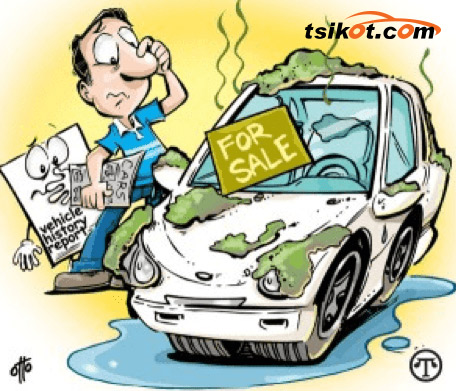
This is another part of the visual inspection process. We’ve created a separate section to further expand on various ways you can tell if a car has been subject to flood damage. Here in the Philippines, flooding is a massive issue throughout various parts of the country. One of the biggest risks to second-hand car buyers in the Philippines is flood damaged cars. Flood damaging can result in a series of longstanding issues for a car: rusting, mechanical failure, and electronic failure. Here are some of the top ways to inspect if a car has been the victim of serious flood damage:
- Smell the car. Smell the interior of the car to see if anything seems peculiar. Flood damage often damages deep into a car’s interior so you may be able to notice if something isn’t quite right.
- Check for signs of moisture. Pull back the carpet protectors and various other locations on the bottom of the interior of the car. See if there are any signs of mold or water collection. Double check there are no damp areas within the car’s interior.
- Check for rust. This was mentioned in the first part of the visual inspection section as well. Make sure you check every part of the car for rust. If the car has been exposed to salt water flooding there will be an even higher prevalence of rust throughout the vehicle. Look under the car to see if there is any additional rust build-up.
- Check for fog. Check a car’s various lights and other enclosed areas for fog. If there has been moisture build up in the car, chances are it has become lodged in the lights as well. If fog appears in some of these places it can be a sign of flood damage.
- Check for stains. Check the car for stains throughout the interior. Make sure all the carpeting and fabric color is consistent.
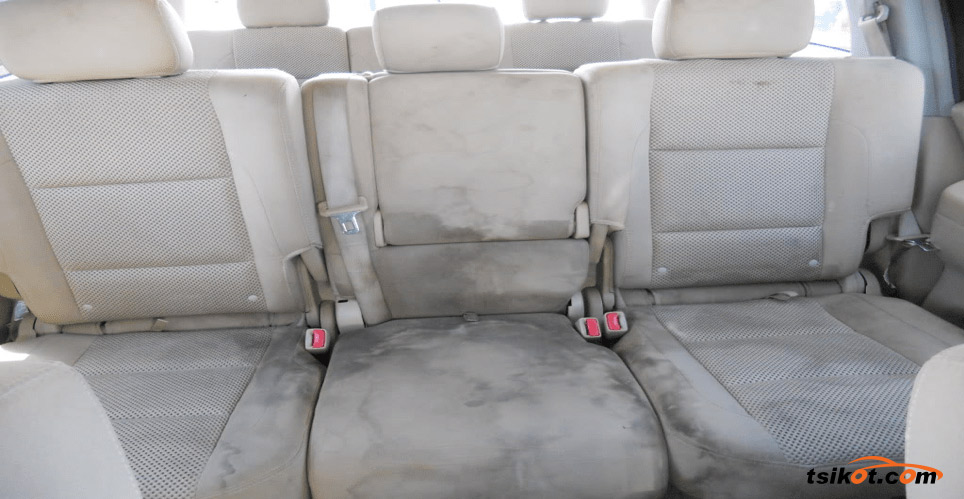
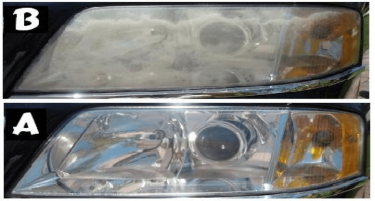
Engine Inspection
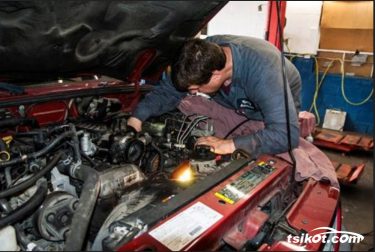
Once you have completed your basic visual inspection for car faults and flood damage, you should begin to test the basic mechanics of the car. Although you may not be a mechanic, there are a few ways you can make basic checks to spot glaring issues with the car:
- The car has most likely been idle for a few minutes at this stage. Look beneath the car to make sure there isn’t any obvious sign of oil leakage.
- Turn the car on and listen closely to engine noise. Does everything sound normal? You’ll also want to pay attention to how quickly the engine turns on. If there is a delay this can be a sign of a problem.
- Open the hood of the car, make sure there is no obvious sign of damage, rust, or abnormal wear-and-tear.
- Check the oil level and make sure that it is not too low. This is both a good way to check if there is an oil leak, as well as if the current seller takes good care of their car.
- Make sure the timing belt doesn’t have too much wear on it, it’s the most expensive belt in the car to replace.
- Check for foam under the oil filler cap. This can indicate leaking. Make sure NEVER to purchase a car with foam under the oil filler cap.
- Check the additional belts within the engine to ensure there are no cracks or obvious signs of corrosion.
- Lastly, do a full inspection of the engine again and keep an open eye for any signs of leaks or corrosion. You don’t want to find out after you’ve already paid for the car that it has a faulty leak in the engine.
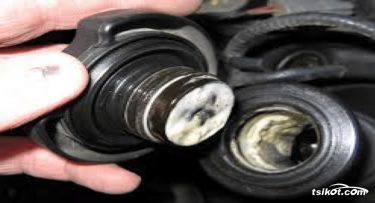
Test Drive
The test drive is one of the most important aspects of inspecting the car. Try and test-drive the car without the seller, if possible, so you are free to listen and inspect for things as you operate the vehicle. Here are some things to look out for and check whilst you test-drive the car:
- Do the acceleration and breaking mechanics feel normal? Does the wheel respond correctly to your movements?
- Check every window in the car to make sure they go up and down correctly.
- Is the air conditioner and heater functioning properly?
- Are the headlights, break lights, and taillights functioning properly?
- Does the radio work properly? Sit in different parts of the car to make sure the stereo system is working in entirety.
- Do the rearview mirrors work properly?
- Do all of the indicators work properly?
- Does the car drive well over bumpy terrain? Make sure you drive it on multiple surfaces to see how well it handles
- While you take the car for a drive make sure to do a portion of your test-drive without any music playing. Listen for any problems that may be present in the engine.
Technicalities
After you have finished driving the car you’ll want to make sure that everything advertised about the vehicle is true. Here are some things you should look for after you test drive the car:
- Mileage on the odometer is correct
- Glass is all in perfect condition
- Lights and lenses work properly both inside and out
- The tires are not flat and have good tread
Vehicle and Seller History
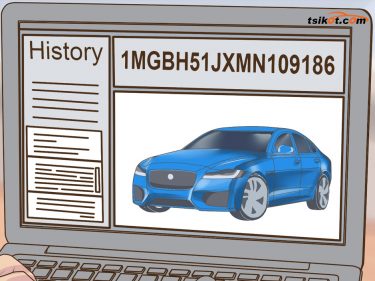
Once you’ve done both a visual and physical engine inspection you’ll probably have a better idea of if you want to purchase the vehicle. If you are interested at this stage you should ask the seller a few questions as a final precaution. Also take note of what the seller is like; younger drivers tend to be more reckless with their cars. We’ve compiled a list of necessary questions you should ask car sellers prior to making a buying decision:
- Do you have a vehicle service history or log book? Make sure there are receipts inside the log book that prove the entries are legitimate. You’ll want to make sure that the car has been serviced annually, and that any other work doesn’t point to a catastrophic crash or incident.
- Why are you selling the car? The seller may not tell you the true reason, but it’s still worth asking. Take note of the nuances in his answer to make sure he isn’t being subversive.
- What neighbourhood do you live in? Make sure to cross reference this answer with any major flooding incidents over the past few years.
- How long have you had the car for? Average car owners keep hold of their vehicles for 3 to 5 years. Cars with serious problems are more likely to be sold early. Short ownership periods can be a sign of a problematic car.
- Who did you purchase the car from? This is another way to get a deeper understanding of the car’s history and how it may have been driven in the past.
Speak Up and Don’t Accept Issues
It can be awkward to speak up or turn down a car. But you need to make sure that you approach purchasing a car with the mindset of getting the best deal for yourself. Make sure you ask all of the questions you plan on asking, and don’t get pressured into a buying a car by a convincing seller. If there are issues with the car, the seller may be willing to have them fixed prior to selling you the vehicle.
The 10 Commandments Check List

Make sure to bring this checklist with you before purchasing a vehicle, you’ll want to make sure you check off every box in this list before making a decision:
- Body conditions (damage or previous damage)
- Check rust of the body, under the doors and under the bumpers
- Check mileage
- Check service book (if available)
- Inspect the glasses, lights and lenses
- Check the tires, including the spare
- Check the interior (quality of fabric and instruments (including radio))
- Check the smell (specially for smokers and flooding)
- Listen to the engine
- Test drive it through bumpy roads with no music
Organize for the Car to Be Seen by a Mechanic
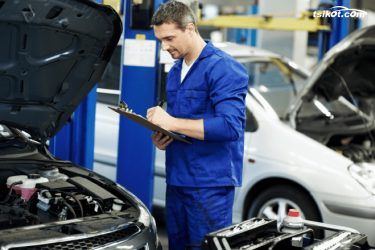
If you want to be especially careful you should organize for the car to be seen by a mechanic. This is a great way to get a thorough inspection of the vehicle prior to deciding to buy it. This will come at your own expense, so you will want to be certain you’ll purchase the vehicle if the mechanic believes it is in suitable condition. Ask the car seller prior to your first meeting if he would be open to having the car inspected by a mechanic. You don’t want to bring this up in the negotiation stage, it should be an option that is agreed upon from the beginning. If you have used a mechanic in the past, prioritize taking the vehicle to them for your inspection. If a car seller is unwilling to let you take it to a mechanic for inspection, this could be a sign they are hiding something.
Never Buy a Car Unseen

A rule of thumb that should always be followed is NEVER buy a car unseen. People may convince you that a car is perfect online via pictures and descriptions, but this is a great way to get scammed. Some scammers will post online ads and then ask for the money to be transferred to a bank account or through a money-wire platform. This should be avoided entirely. As mentioned previously — if a deal sounds too good to be true, it probably is!
Negotiation
When you decide you want to purchase a car you should begin negotiating with the seller for a lower price. Always offer lower than you are willing to pay and try and get the seller to meet you somewhere in the middle. Make sure to find similar cars online with low price points and show them to the seller so they understand what the car is worth. In addition, if there are any faults with the car (minor dents, scratches, etc.), use them as items to reduce the cost. Never be afraid to walk away from a deal, you shouldn’t risk your money or wellbeing if you feel something isn’t right. Stick to your budget.
Verdict
Make sure to thoroughly study this document prior to inspecting any vehicles for purchasing. You want to make sure that you are fully prepared when you go to buy a car. Carry out a thorough inspection, ask plenty of questions, drive the car across multiple terrains, and even organize a mechanic inspection if you feel it’s necessary. Taking all these precautions can help you minimize your risk going forward, and result in considerable cash savings and a great vehicle purchase.





